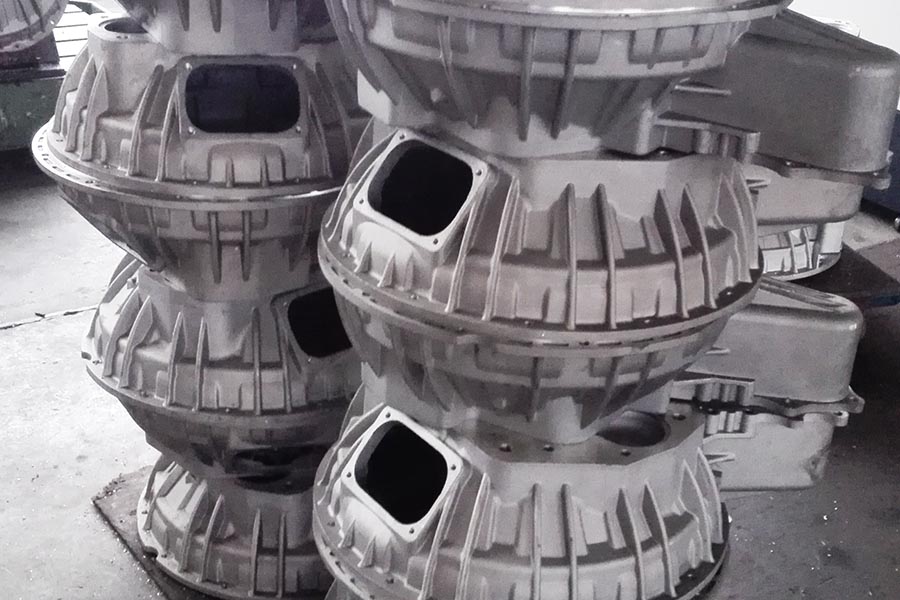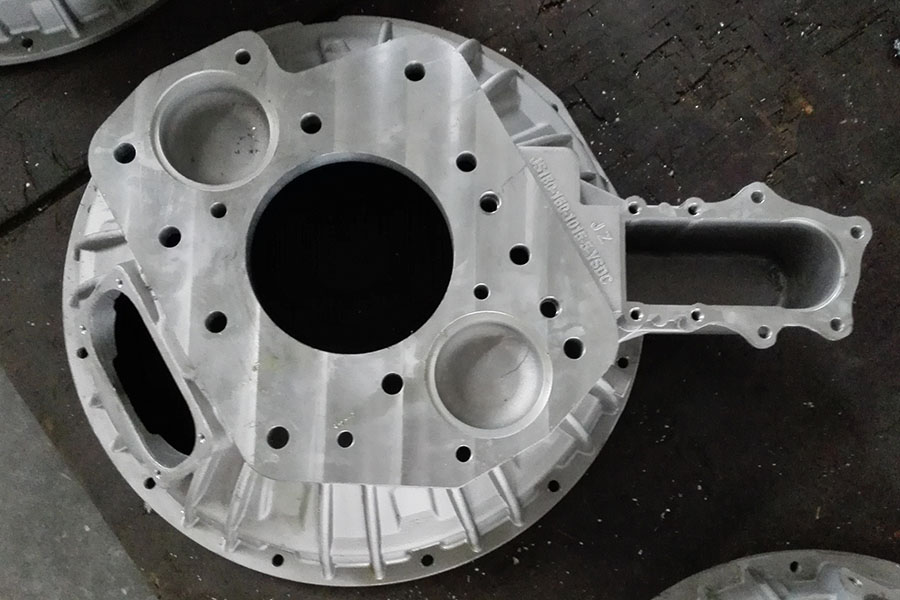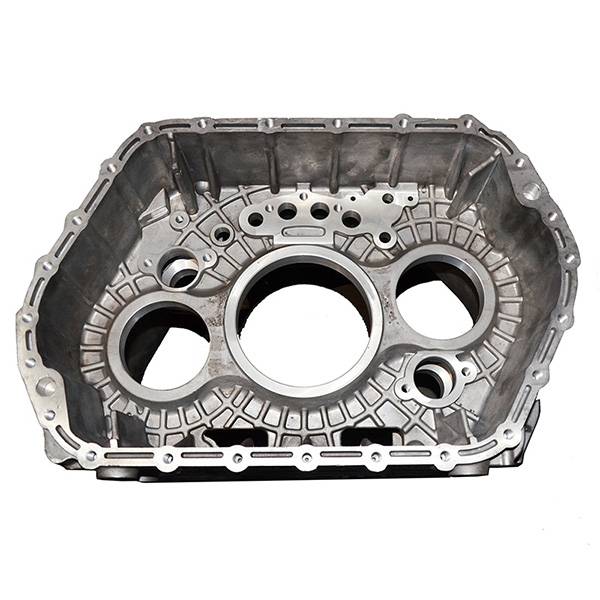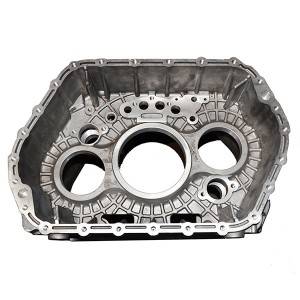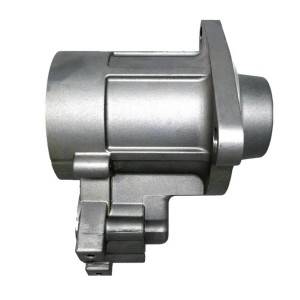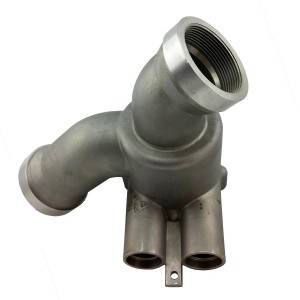As a gravity casting process, lost foam casting is used for Aluminium alloy because it save lots of pattern cost but with fine surface finish. At RMC Lost Foam Foundry, we mainly produce the aluminium lost foam castings which are used for transmission housing of heavy duty truck. We can also cast the Aluminium Alloy with customized service as per your drawings, samples or just rough ideas.
During lost foam casting process, the sand is dry and not bonded and a foam pattern is used to form the casting mold with shape of the desired casting parts. The foam pattern is "invested" into the sand at the Fill & Compact process station allowing the sand into all voids and supporting the foam patterns external form. The sand is introduced into the flask containing the casting cluster and compacted to ensure all voids and sapes are supported.
▶ Metal and Alloys for Lost Foam Casting (LFC):
• Aluminium Alloy: ASTM A356, ASTM A413, ASTM A360
• Gray Cast IRON, Ductile Cast Iron
• Carbon Steel: Low carbon, medium carbon and high carbon steel from AISI 1020 to AISI 1060.
• Cast Steel Alloys: ZG20SiMn, ZG30SiMn, ZG30CrMo, ZG35CrMo, ZG35SiMn, ZG35CrMnSi, ZG40Mn, ZG40Cr, ZG42Cr, ZG42CrMo...etc on request.
• Stainless Steel: AISI 304, AISI 304L, AISI 316, AISI 316L and other stainless steel grade.
• Brass & Copper.
• Other Materials and Standards on request
▶ Capabilities of Lost Foam Casting
• Max Size: 1,000 mm × 800 mm × 500 mm
• Weight Range: 0.5 kg - 100 kg
• Annual Capacity: 2,000 tons
• Tolerances: On Request.
▶ Main Production Procedure
• Mold foam pattern making.
• Age pattern to allow dimensional shrinkage.
• Assemble pattern into a tree
• Build cluster (multiple patterns per cluster).
• Coat cluster.
• Foam pattern coating.
• Compact cluster in flask.
• Pour molten metal.
• Extract cluster from flasks.
▶ Inspecting Lost Foam Casting Parts
• Spectrographic and manual quantitative analysis
• Metallographic analysis
• Brinell, Rockwell and Vickers hardness inspection
• Mechanical property analysis
• Low and normal temperature impact testing
• Cleanliness inspection
• UT, MT and RT inspection
▶ Post-Casting Process
• Deburring & Cleaning
• Shot Blasting / Sand Peening
• Heat Treatment: Normalization, Quench, Tempering, Carburization, Nitriding
• Surface Treatment: Passivation, Andonizing, Electroplating, Hot Zinc Plating, Zinc Plating, Nickel Plating, Polishing, Electro-Polishing, Painting, GeoMet, Zintec.
• Machining: Turning, Milling, Lathing, Drilling, Honing, Grinding.
▶ Why You Choose RMC for Custom Lost Foam Casting Parts?
• Greater design freedom in the construction of cast parts
• Small quantity is possible due to the layered structure of the pattern.
• Lower need for secondary machining with near net shape.
• High flexibility by short start up lead time.
• Longer EPS mould span life, thus lower average tool costs
▶ General Commerial Terms
• Main workflow: Inquiry & Quotation → Confirming Details / Cost Reduction Proposals → Tooling Development → Trial Casting → Samples Approval → Trial Order → Mass Production → Continuous Order Proceeding
• Leadtime: Estimatedly 15-25 days for tooling development and estimatedly 20 days for mass production.
• Payment Terms: To be negotiated.
• Payment methods: T/T, L/C, West Union, Paypal.
